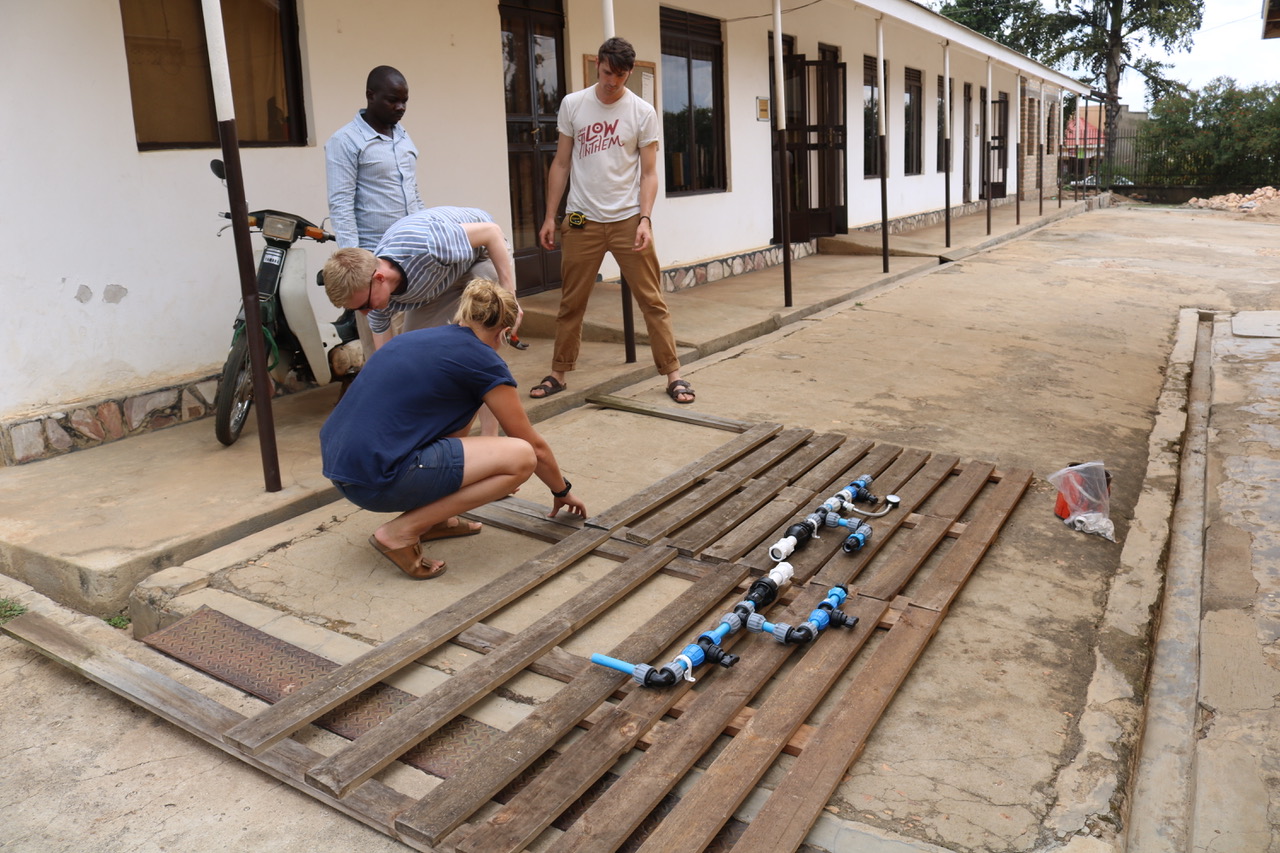GE Research, the R&D wing of American conglomerate GE, has been awarded $14.3 million by the Defense Advanced Research Projects Agency (DARPA) to transform the transport of potable water to troops in the field through a 3D printed device that literally produces it out of thin air.
Alongside scientists and engineers from the University of California at Berkeley, University of Chicago, and University of South Alabama, GE Research will develop the compact, portable device that could produce enough daily water for 150 troops.
Named AIR2WATER, the four-year project is part of DARPA’s Atmospheric Water Extraction (AWE) program, and could provide game-changing technology to address water scarcity across the globe.
“Today, the logistics and costs involved with transporting water are staggering and in dangerous war zone areas, result in casualties,” said David Moore, Principal Investigator and Technology Manager for Material Physics and Chemistry at GE Research.
“By creating a highly portable, compact device that efficiently extracts water from the atmosphere, we can save lives and ease the logistical and financial burden for our armed forces.”
Addressing water scarcity
With more than a billion people without access to water, and around 2.7 billion experiencing water scarcity according to World Wildlife Fund statistics, GE’s device could have potentially far further-reaching impacts around the world than just within conflict zones. DARPA’s AWE program ultimately aims to support the development of small, distributed systems that can deliver water to troops in the field and for humanitarian missions.
Currently, one third of the US Department of Defense’s (DoD) budget is taken up by logistics burdens from transporting water via the air and ground over long distances and complex terrain. GE’s prototype device could drastically reduce, and perhaps even eliminate, the need for water distribution by providing a ready source of clean water anywhere in the world.
There has been growing interest among researchers and some 3D printing enterprises in providing safe water sources, mostly centering around water purification technologies. In 2017, a multidisciplinary team at the University of Bath 3D printed a plastic ‘slab’ designed to provide clean drinking water to communities in parts of Asia, Africa, and Latin America, and elsewhere researchers have used a 3D printed advanced spacer mesh to enable more productive use of reverse-osmosis to produce water that is safe to drink.
More recently, scientists from the University of Huelva used 3D printing to create a spiral structure capable of removing eighteen disinfection by-products (DBPs) from drinking water, and University of Cambridge spin-out Blue Tap has received an Innovate UK Smart Grant to support the technical development of its 3D printed chlorine doser water purification technology.
If successful, GE’s prototype device would appear to be the first device to actually produce safe drinking water from ‘scratch’, which could provide a significant breakthrough in the area of water distribution and purification.

GE’s AIR2WATER device
The 3D printed device to be designed and developed by GE will be compact and lightweight enough to be carried by four soldiers so that it is suitable for use at bases. The proposed device will be made up of sorbent materials that are able to absorb air and a 3D printed heat exchanger that will draw in heat over the sorbent materials to form water.
The UC Berkeley team will lead the development of the sorbent materials, aided by the University of Alabama which will model mass transfer and measure adsorption kinetics of the materials to ensure the right ones are selected for the device. Experts from the University of Chicago will also contribute to this stage with Artificial Intelligence (AI)-guided molecular screening tools.
Meanwhile, GE will lead the overall system integration of the materials, modeling, and AI successes, and will design the 3D printed heat exchanger and ensure sorbent integration into the device.
Once completed, the prototype device is estimated to be able to provide daily safe drinking water to 150 troops while significantly reducing the cost and logistics of transporting water in the field. Ultimately, the device could provide a potentially game-changing answer to water scarcity crises around the world, which look set to increase as the impacts of climate change continue to be felt across the globe.
Subscribe to the 3D Printing Industry newsletter for the latest news in additive manufacturing. You can also stay connected by following us on Twitter and liking us on Facebook.
Looking for a career in additive manufacturing? Visit 3D Printing Jobs for a selection of roles in the industry.
Featured image shows 3D printing in the U.S. Army. Image via Deloitte University Press.



